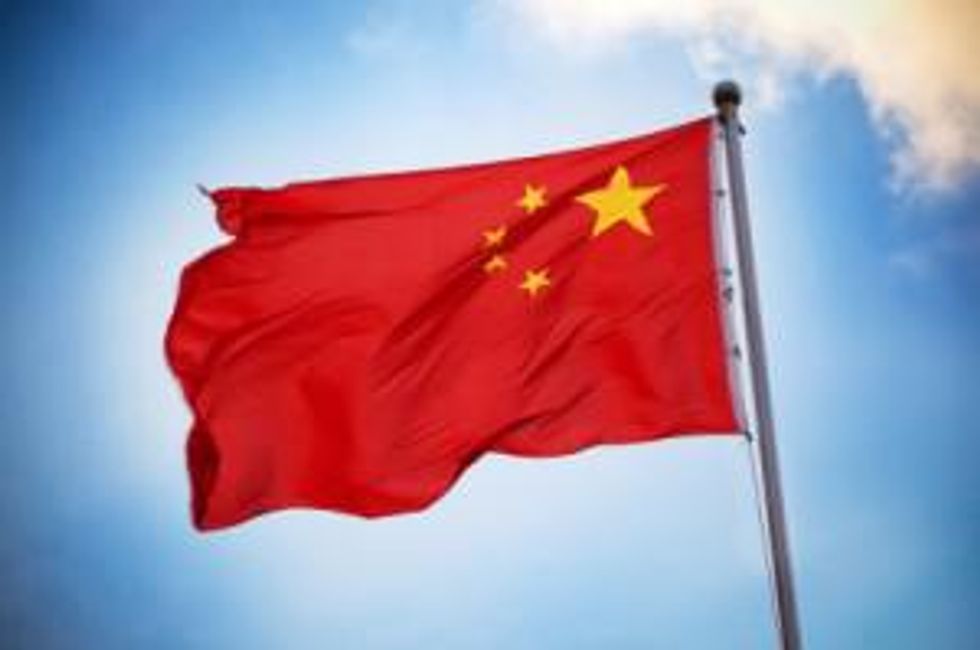China to Need 1,000 Nuclear Reactors as Part of Climate Pledge?
China could need about 1,000 nuclear reactors, 500,000 wind turbines or 50,000 solar farms as it gears up to fight climate change. Currently, 23 nuclear reactors are built in the country, with a further 26 under construction.
China could need about 1,000 nuclear reactors, 500,000 wind turbines or 50,000 solar farms as it gears up to fight climate change, Bloomberg reported last week.
“China is in the midst of a period of transition, and that calls for a revolution in energy production and consumption, which will to a large extent depend on new energy,” said Liang Zhipeng, deputy director of the National Energy Administration’s new energy and renewable energy department, at a conference earlier this month.
The Power Reactor Information System states that 23 nuclear reactors are currently built in the country, with a further 26 under construction. While the figure of 1,000 might thus seem like a stretch, it highlights the essential need for power that China is facing. The nation’s electricity demands are expected to rise roughly 46 percent by 2020 and double by 2030.
While nuclear power only accounted for 2 percent of the country’s power in 2011, investment in the space has significantly increased since then, marking it as a favored method of energy production by the Chinese government.
“The majority of China’s longer-term plans for new build are fast reactors, which can both burn and breed fuel, significantly reducing the amount of uranium required over the life of the unit. It remains uncertain what the growth potential of China’s fleet really is, let alone the proportion of that fleet made up of fast reactors and their efficiency, so the impact to the uranium market is tough to quantify,” wrote David Sadowski, an analyst with Raymond James, in an email. “In any case, the next decade or two will be dominated by pressurized water reactor (PWR) construction, which, if accelerated, will certainly ramp up uranium demand, which is already projected to outstrip annual supply (based on our modeling) starting in 2020.”
Pressurized water reactors are a subset of light water reactors, which were originally created as nuclear propulsion for nuclear submarines. They are considered stable power sources, but produce less power as temperatures increase.
Similarly, David Talbot, a senior analyst with Dundee Capital Research, noted that he believes China is just on the cusp of its investment in nuclear energy. The World Nuclear Association notes that the desire for nuclear has been spurred by rising air pollution from coal-fired plants.
“For now China seems committed to its current plans for a more than three-fold increase in nuclear capacity to at least 58 GWe by 2020, then some 150 GWe by 2030 and much more by 2050,” he wrote in an email. “We don’t believe for a moment that China is content to let others have an upper hand on the future of its energy supply, thus we’d expect further entry into the uranium sector through further acquisition of assets.”
Securities Disclosure: I, Nick Wells, hold no direct investment in any of the companies mentioned in this article.






